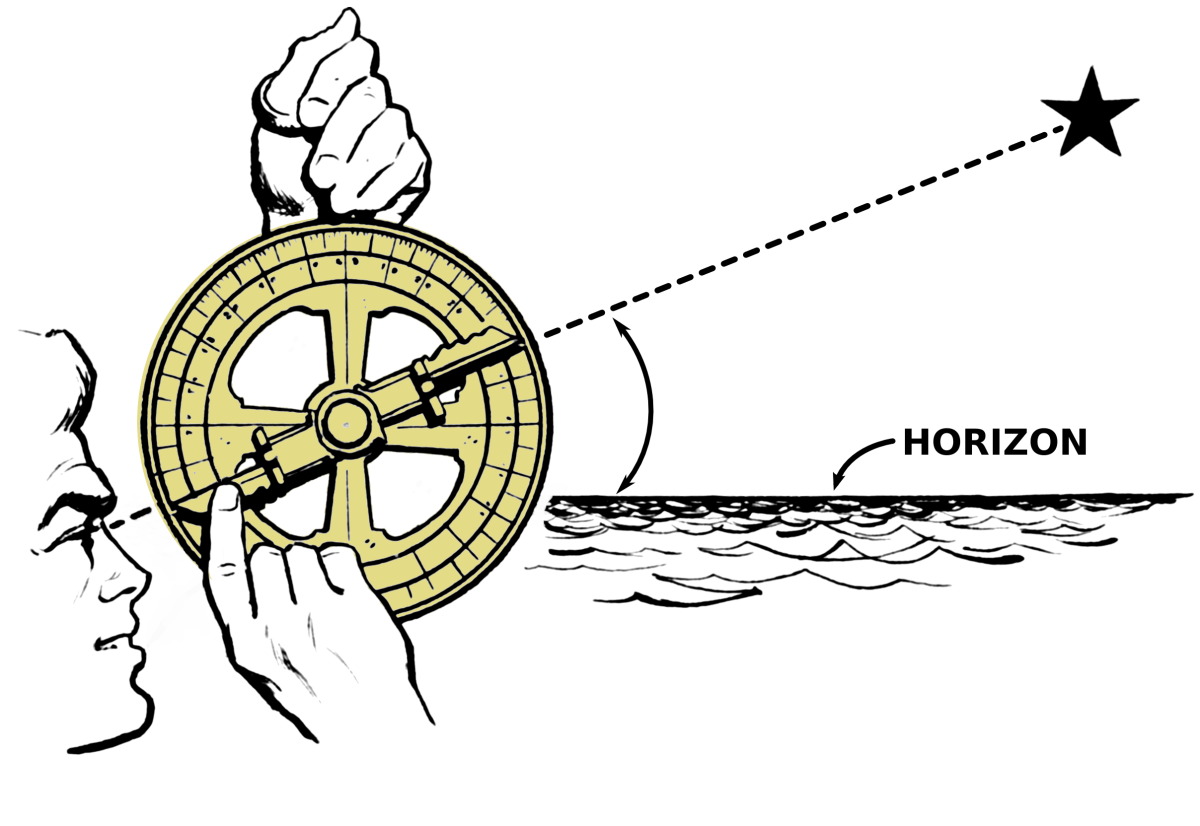Is There Anybody Out There?

Do you believe that Earth is the only place in the universe that has life on it? If you don’t believe life is just unique to Earth, then you are not alone. Many astronomers also share this belief with you. Some even think that the universe could be teeming with life; much of which could be intelligent. Perhaps some of this intelligent life could even be more advanced than we humans.
The chances that there is extra-terrestrial life out there has increased in the last few decades when astronomers discovered that planets are just confined to our solar systems. In 1995, astronomers discovered the first planet to be orbiting around another star (sun); 51 Pegasus. The planet which is bigger than Jupiter and orbits nearer the star than Jupiter does to our sun, is called 51 Pegasus B.
Since that discovery, scientists have gone on to discover hundreds of more planets orbiting other stars; some stars even have multiple planets orbiting them. Whilst the discovery of exoplanets (planets orbiting other stars) doesn’t mean that there is alien life out there, it certainly increases the chances compared to if our sun was the only star in the universe to have planets orbiting it.
Unfortunately we are centuries away from Star Trek technology, where we can jump into a spaceship and personally travel off to these other worlds and say hello to any inhabitants. Even the most feasible and fastest spaceships (which are still on the drawing board) would take decades to reach nearby stars in our galaxy. For more information on this technology, why not read ‘Putting Atomic Bombs To Good Use’) So there is no chance that you or I will ever be able to get a tan walking on the surface of another world orbiting a different sun (star).
The distances however haven’t stopped scientists from trying to make contact. For the last 150 years, we humans have being unintentionally (and in more recent years, intentionally) sending signals out into the depths of space. These signals being radio waves, originating from the earliest radio broadcasts right up to yesterday’s television program. All of these waves, be it radio or television, have being travelling out into space in all directions at the speed of light and still going. So if any intelligent aliens within 150 light years (a light year is the distance which light travels in one year) had built their own radio/television receivers, they could in theory pick up some of our earlier television/radio broadcasts; if they just so happened to be tuned to the right frequencies. So right now on some other world, extra-terrestrial scientists could be watching Jessie Owens win the 1933 Berlin Olympics or the listening to HG Wells War of The Worlds radio broadcast; let’s hope they don’t react to that broadcast with the same panic in which the initial audience did!
In the last 50 years, scientists however have tried to use the power of radio waves to contact any intelligent life, as well as listen out for any extra-terrestrial signals coming our way. SETI, referred to as ‘Search Extra Terrestrial Intelligence’ is one organisation which started monitoring the skies for alien signals since 1st February 1985. Unfortunately in its 30+ year history, it has yet to actually pick up any traces of intelligent life out there, though there has being the brief moments when the astronomers thought they had picked up a signal – but it always turns out to be either a natural event occurring in space or one of our own signals being bounced back down to Earth from a passing satellite.
Yet the scientists behind SETI are not at all disappointed by the silence from our potential cosmic neighbours, for compared to the size of our galaxy alone, it could be years of searching before we happen to come across a signal from ET. And many also believe that if and when that signal does come, it probably wouldn’t be intended for us; instead it will have been a signal which unintentionally escaped into space like ours are all the time.
Even though SETI hasn’t actually detected an alien radio transmission, this doesn’t mean one hasn’t been picked up by us. On August 15th 1977, Jerry R. Ehman, a researcher working on the Big Ear Telescope at Ohio University happened to stumble on a basic signal coming from outer space. The signal only lasted for 72 seconds but on the printout of the signal, the stunned and amazed Ehman wrote ‘Wow’ on the side of it. This signal has subsequently become known as the wow signal and despite numerous attempts over the years to pick up another such signal coming from that part of the galaxy, one has never being detected.
What has worried many though is the impatience of some astronomers in waiting for an alien signal and have decided to broadcast our presence to our cosmic neighbours. The worry behind this is that we have no idea who is out there, let alone what they are like. Suppose the rules of evolution here on Earth apply to the greater universe; mainly survival of the fittest. If this were the case, the universe could be full of predator like creatures, many of them far more intelligent and technologically advanced than us. Broadcasting our presence to whatever is out there could lead us to face a real life alien invasion, one which even now may be too late to stop!










